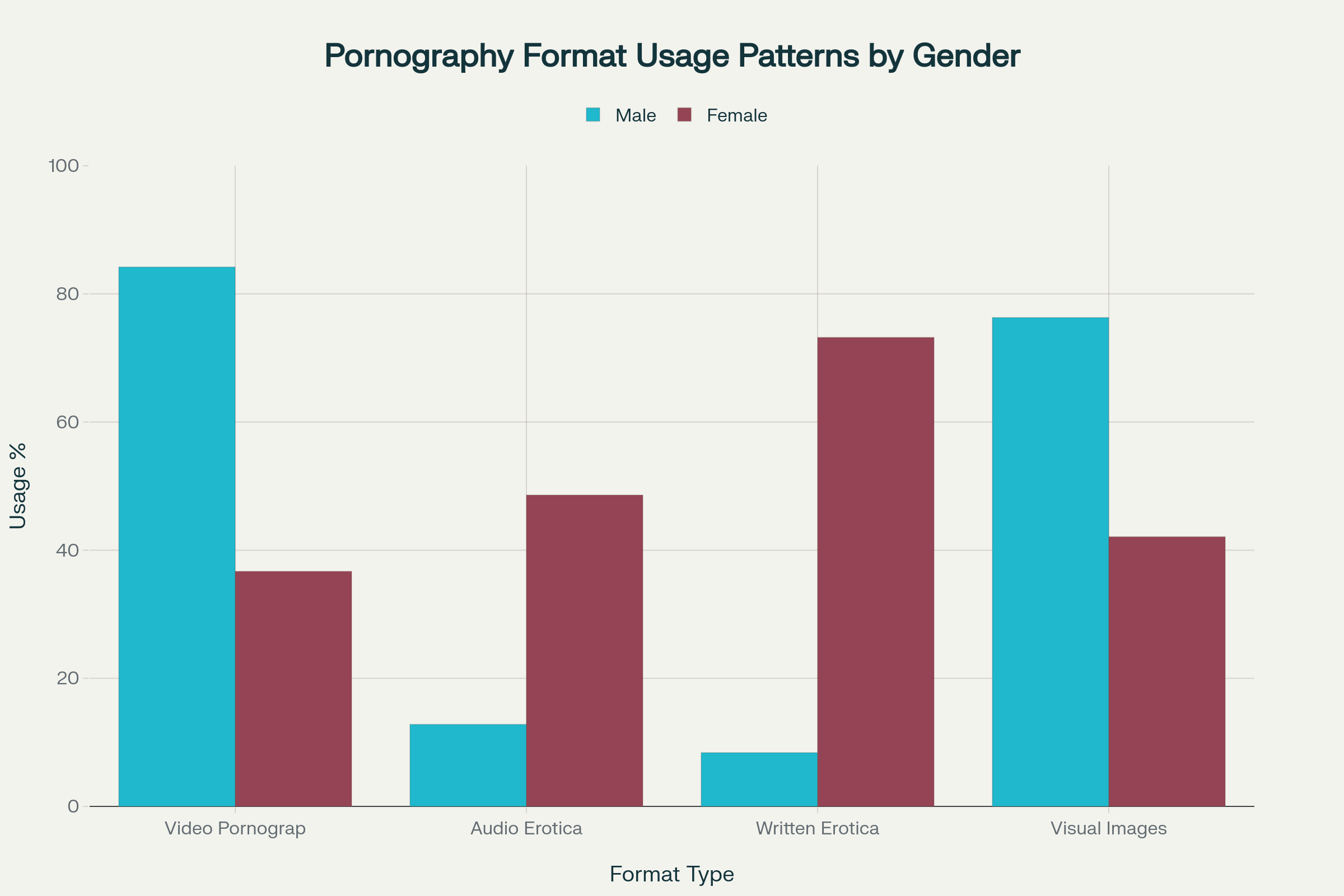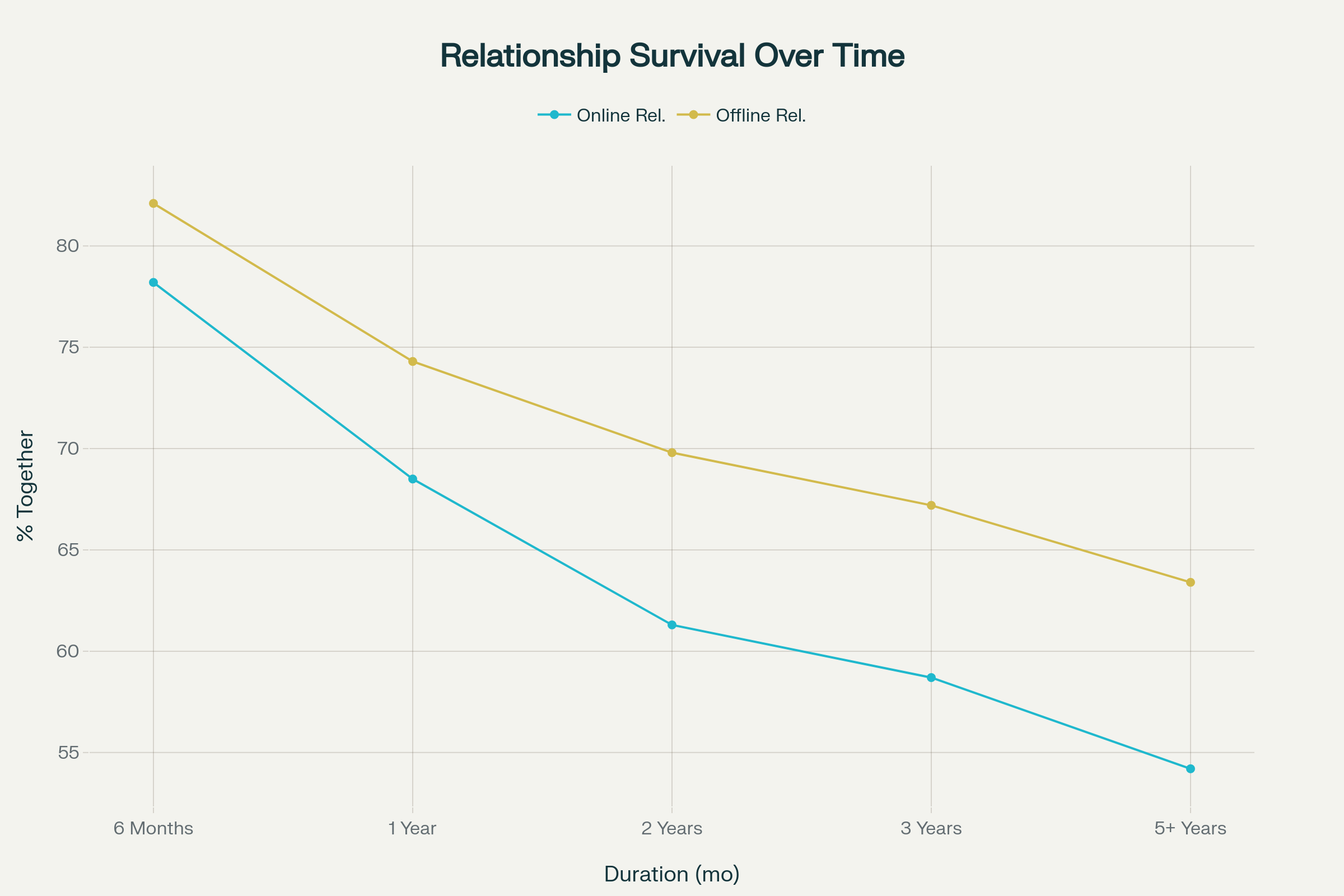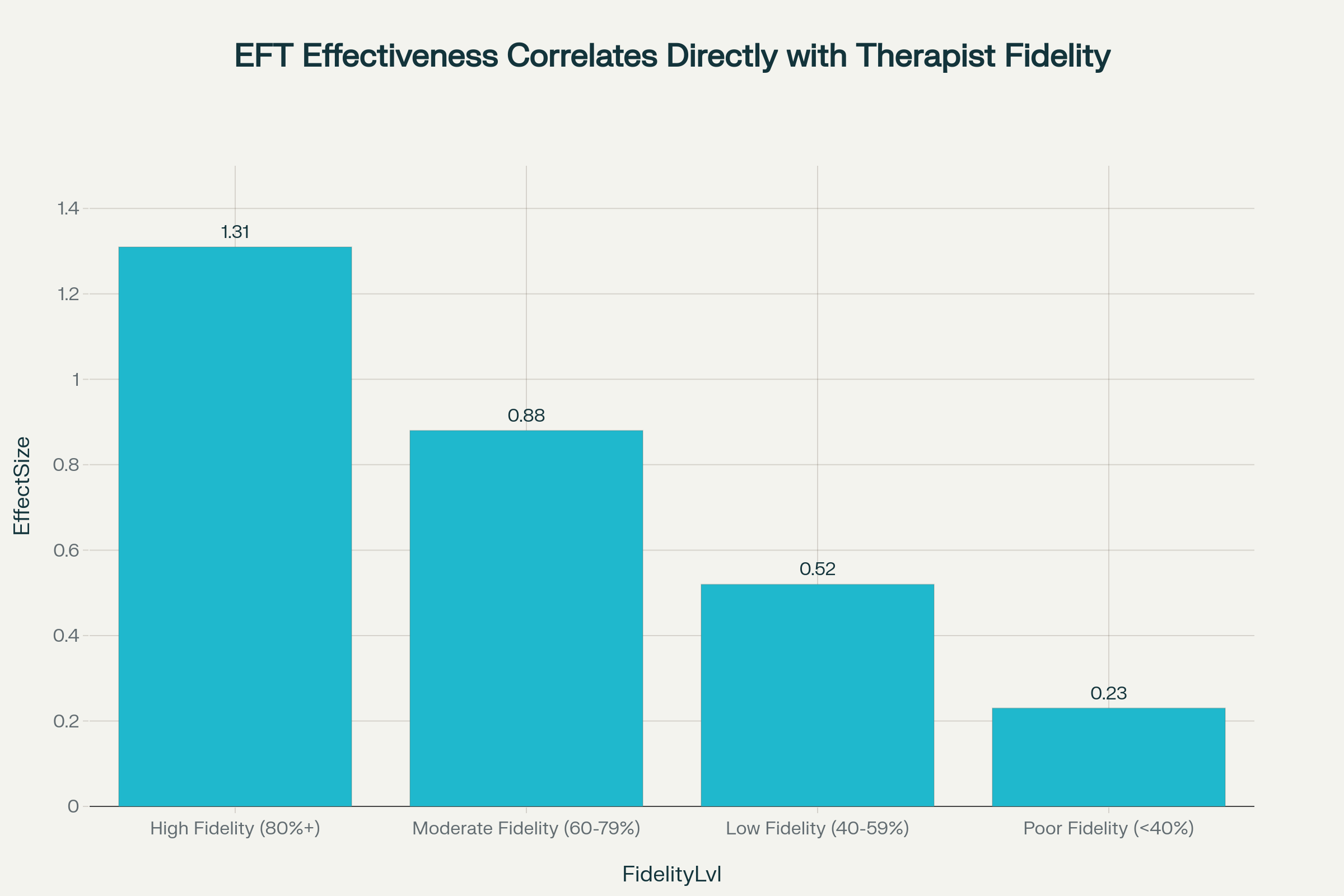Cadre de prise de décision par Suzy Welch : Avant toute décision majeure, demandez-vous : "Comment me sentirai-je à ce sujet dans 10 minutes ? 10 mois ? 10 ans ?" Appliqué aux décisions relationnelles telles que les ruptures, les conversations difficiles ou les engagements majeurs.
Force la considération de plusieurs horizons temporels pour équilibrer les émotions immédiates avec les conséquences à long terme. Est censé prévenir les décisions impulsives et aligner les choix sur des valeurs plus profondes.
Solide base scientifique sous-jacente, délais arbitraires: Principe fondamental bien soutenu, mais intervalles spécifiques non validés.
Preuves supplémentaires:
- Les interventions de perspective temporelle modifient efficacement la prise de décision
- La prise en compte de multiples horizons temporels améliore la qualité des décisions
- La pensée orientée vers l'avenir réduit l'impulsivité et améliore les résultats
- La perspective temporelle est entraînable et modifiable
Mécanisme psychologique: Surmonte le "biais de présent" - tendance à surestimer les conséquences immédiates. Engage les régions préfrontales pour la planification à long terme.
Limitations: Aucune étude ne valide les délais exacts de 10 minutes / 10 mois / 10 ans. Certaines recherches suggèrent que des intervalles différents peuvent être meilleurs pour des contextes spécifiques.
: Solide fondement scientifique pour la prise de décision basée sur la perspective temporelle, bien que la formulation spécifique de Welch manque de validation directe.
Instructions
10 minutes: Comment vous sentirez-vous immédiatement après la décision ?
10 mois: Cela s'alignera-t-il sur vos valeurs et vos objectifs ?
10 ans: Cela contribuera-t-il à la personne que vous voulez devenir ?
Meilleures pratiques: Utilisez-le pour des décisions majeures, écrivez vos réponses, adaptez les délais si nécessaire.





